https://web.archive.org/web/20220109232801/https://corona2inspect.blogspot.com/2021/11/nuevas-evidencias-nanotubos-carbono-cuentas-perlas-grafeno-liquido-grafito-policristalino.html
New evidence of carbon nanotubes with beads based on liquid graphene pearls and polycrystalline graphite
The presence of carbon nanotubes in the vaccine samples
https://web.archive.org/web/20220109232801/https://corona2inspect.blogspot.com/2021/11/nuevas-evidencias-nanotubos-carbono-cuentas-perlas-grafeno-liquido-grafito-policristalino.html
along with the existence of carbon nanopulps, as well as their nucleation links and surfaces, necessary for their growth and development, it was demonstrated. On this occasion, two new images obtained by Dr. ( Campra, P. 2021a; 2021b ) in his report on "possible microbiotics in COVID vaccines" They have been identified as carbon nanotubes, with special peculiarities, which are worthy of being highlighted. Figure 1 shows the microscopic images obtained in the Pfizer vaccine and their comparison with those found in the scientific literature, just below. A first definition of what was observed, before proceeding to the detailed analysis, is that they are beads based on spheres or pearls of liquid carbon and graphite crystals with polyhedral or meniscus shape.
Fig. 1. Samples of vaccines obtained by Dr. ( Campra, P. 2021a; 2021b ) and its pattern in the scientific literature, which denotes carbon nanotubes with liquid graphene beads, hexagonal pearls and crystals of graphite or other materials. ( De-Heer, W.A.; Poncharal, P.; Berger, C.; Gezo, J.; Song, Z.; Bettini, J.; Ugarte, D. 2005 | Nakayama, Y.; Zhang, M. 2001 | Zhang, M .; Li, J. 2009 )
The upper left image in Figure 1 ( fig.1.if vaccine sample ) can be described as a slightly variable, opaque thick filament or fiber, with what appear to be circular, ellipsoid or oval shaped black dots, perfectly inserted and connected. It is necessary to highlight the curvature of the filament, which denotes flexibility and mechanical resistance, typical of graphene and carbon. It is actually a carbon fiber or carbon nanotube with liquid graphene beads, as referred to in the work of ( De-Heer, W.A.; Poncharal, P.; Berger, C.; Gezo, J.; Song, Z.; Bettini, J.; Ugarte, D. 2005 ) and in the review of forms of carbon nanotubes of ( Zhang, M .; Li, J. 2009 ). Supplementary evidence of this finding can be seen in Figure 2.
Fig. 2. Images obtained from the scientific literature confirm the presence of carbon nanotubes or filaments with carbon beads or liquid graphene ( De-Heer, W.A.; Poncharal, P.; Berger, C.; Gezo, J.; Song, Z.; Bettini, J.; Ugarte, D. 2005 ), although other materials such as Magnesium ( Mg ), Aluminum ( Al ), Iron ( Fe ), among others, can also be incorporated, such as demonstrate ( Song, L .; Holleitner, A.W.; Qian, H.; Hartschuh, A.; Döblinger, M .; Weig, E.M .; Kotthaus, J.P. 2008 | Zhang, Y.; Li, R.; Zhou, X.; Cai, M .; Sun, X. 2008 )
El descubrimiento de las cuentas de carbono o grafeno líquido data de la investigación de (De-Heer, W.A.; Poncharal, P.; Berger, C.; Gezo, J.; Song, Z.; Bettini, J.; Ugarte, D. 2005) en la que observaron este tipo de formaciones con el método de fabricación de descarga de arco eléctrico en una atmósfera de helio. En palabras de los investigadores, se indica que "Electronic microscopy shows an amorphous carbon layer similar to a viscous liquid that covers the surfaces of millimeter-sized columnar structures containing nanotubes from which the cathode deposit. Regularly spaced spherical amorphous carbon pearls are often found in nanotubes on the surfaces of these columns. Apparently, drops of liquid carbon form at the anode, acquiring a carbon glass surface due to rapid evaporation cooling. Nanotubes crystallize within glass-coated, supercooled liquid carbon droplets. The carbon-glass layer finally coats and forms pearls in nanotubes near the surface". The production of nanotubes with liquid carbon pearl beads was also corroborated by ( Kohno, H.; Yoshida, H.; Kikkawa, J.; Tanaka, K .; Takeda, S. 2005 ). This means that the objects observed in the vaccine samples were manufactured using very specific techniques, with the aim of producing multi-walled carbon nanotubes ( MWCNT multiwall carbon nanotubes ), subsequently generating the viscous carbon droplets mentioned. According to ( Song, L .; Holleitner, A.W.; Qian, H.; Hartschuh, A.; Döblinger, M .; Weig, E.M .; Kotthaus, J.P. 2008 ) the function of these viscous carbon sphero pearls, would be the reinforcement and improvement of the mechanical properties of carbon nanotubes, which would allow it to be more attached and gripped, as expressed in the introduction to his work "nearby pearls could provide a grip point to release the slip between the host matrices and the filaments. Recently, carbon nanotubes coated with carbon glass beads were observed in arc discharge products, and short carbon pearls with protruding cones were produced using a catalyst method". However, the applications of these objects are very wide, including the "optoelectronics", due to their capacity "nanocains" to act as "nanocables", with which to form integrated nanoscale circuits with a greater degree of freedom in their structuring ( Zhang, Y.; Li, R.; Zhou, X.; Cai, M .; Sun, X. 2008 ). As for the upper right image in figure 1 ( fig.1.sd ) it can be described as a filament showing significant fluorescence and flexibility, at whose ends are a kind of crystallized formations, slightly hexagonal, that could well remind electrodes. According to the work of ( Nakayama, Y.; Zhang, M. 2001 ) and ( Zhang, M .; Li, J. 2009 ) are actually carbon filaments or carbon nanotubes with amorphous or polycrystalline graphite in their terminations, resulting from its manufacturing process, which makes it a clean superconductor ( Simonelli, L .; Fratini, M .; Palmisano, V.; Bianconi, A. 2006 ). Polycrystalline graphite terminations usually have dimensions of 100 to 200 nm and do not distort the properties of the carbon nanotube, which is provided by others, specifically, to serve as electrodes. These crystallized structures are made up of multiple layers of graphene, approximately 15 or more, fused by the effect of the heat produced by the electrical discharges required for the manufacture of nanotubes.In fact, when the carbon nanotube manufacturing method is an arc discharge to different currents and graphite is used on the electrodes, it is found that the carbon nanotube acquires at its ends the aforementioned crystallized graphite structures ( since they act as anodes and cathodes ), as stated in the work of ( Karmakar, S. 2020 ). The interest in using the electric arc discharge technique to manufacture these materials is simple, according to the researcher, "The interest in using the electric arc discharge technique to manufacture these materials is simple, according to the researcher, "The interest in using the electric arc discharge technique to manufacture these materials is simple, according to the researcher, "The CNT ( carbon nanotubes ) and LG ( Graphene sheets ) generated by arc are mostly free of defects and therefore, are very useful in a series of technological and biomedical applications", statement corroborated by ( Popov, V.N. 2004 | Ayodele, O.O.; Awotunde, M.A.; Shongwe, M.B.; Adegbenjo, A.O.; Babalola, B.J.; Olanipekun, A.T.; Olubambi, P.A. 2019 ). Additional evidence can be seen in Figure 3.
Fig. 3. Crystalline graphite structures, attached to carbon nanotubes.
Electronic circuits
Although it would be the subject of a monographic entry, it is worth noting that carbon nanotubes can be used to configure functional electronic circuits, without the presence of electromagnetic fields or electromagnetic waves ( EM ) being essential. This means that "teslaphoresis" is not necessarily required to configure the circuitry required for various types of sensors, since a graphene blade solution, carbon nanotubes and polymers or hydrogels, allow configuring random and apparently disordered routes through which electrical conduction runs. This is what the researchers affirm (Yuan, C.; Tony, A.; Yin, R.; Wang, K .; Zhang, W. 2021) in his work on touch sensors and terms from carbon polymer nanocomposites, see Figure 4.
Fig.4. La conductividad eléctrica se obtiene entre los nanotubos de carbono que se encuentran en contacto con las nanohojas de grafeno, lo que genera en si mismo un circuito electrónico. (Yuan, C.; Tony, A.; Yin, R.; Wang, K.; Zhang, W. 2021)
On the other hand, figure 4 also shows the mechanical properties of graphene and carbon nanotubes in conditions of expansion and understanding, caused by heat, making it the ideal material for soft electronics applications in biomedicine. Considering all this, the conditions exposed by ( Yuan, C.; Tony, A.; Yin, R.; Wang, K .; Zhang, W. 2021 ) in their research, are very similar to those found in vaccine vials, which suggests, that the materials and objects already identified in the samples could act in this way on the body of the inoculated people. These questions are in line with what has already been noted on the wireless nanocommunication networks for nanotechnology in the human body, where a hardware made up of graphene quantum dots, biosensors and other nano-devices whose objective is monitoring, data collection and interaction with the body was clearly alluded to. Another example of circuitry is ( Gupta, S.; Meek, R. 2020 ) with his work on collecting high-efficiency thermoelectrochemicals from hybrid carbon nanotube and graphene airgels, see Figure 5. In this case, circuit boards are created to collect energy that could serve as a battery for IoNT nanodevices ( Internet of NanoThings ) and more specifically, for intracorporal device applications. This means that the basic ingredients to make up this energy accumulator are already found in the aqueous solutions of vaccines, which also fits with the need to power certain nano-devices ( nano-router, nano-interface, nano-biosensors ), in the wireless nanocommunication network, in order to propagate, transmit, and send the data packets, with the minimum possible energy consumption.
Fig. 5. Note the chaotic circuit on the right, made up of graphene oxide nanohojas and carbon nanotubes. These are obtained from an airgel cake. ( Gupta, S.; Meek, R. 2020 )
Neuromodulation
One of the citing articles from the work of ( De-Heer, W.A.; Poncharal, P.; Berger, C.; Gezo, J.; Song, Z.; Bettini, J.; Ugarte, D. 2005 ) presents great relevance for the applications of carbon nanotubes in the field of Neuroscience. This is the publication of ( Zwawi, M .; Attar, A.; Al-Hossainy, A.F.; Abdel-Aziz, M.H.; Zoromba, M.S. 2021 ) linking the use of the Polypyrrole conductive polymer ( PPy polypirrol ) doped with multi-walled carbon nanotubes, in optoelectronic devices for biomedical applications. It should be noted that one of the forms of neuromodulation / neurostimulation known to Science is optoelectronics and optogenetics, already explained in the entry on brain stimulation by electromagnetic waves EM. Reviewing the scientific literature on polypyrol, graphene and carbon nanotubes, it is found that their combination is quite frequent, even if the search descriptor "neural", ( was addedmore than 2000 scientific articles were obtained).
Fig. 6. Raman spectroscopy of polypyrol and its combinations with graphene oxide. The Raman values are close to those observed in the tests obtained by Dr. Campra. ( Fan, X.; Yang, Z.; He, N. 2015)
Without performing a more precise search, the research reference of ( Fabbro, A was obtained.; Cellot, G.; Prato, M .; Ballerini, L. 2011 ) titled "Interconnection of neurons with carbon nanotubes: ( re ) neural signaling engineering" in which carbon nanotubes, graphene nanohojas and polypyrol are the necessary and essential materials for neuronal optoelectronics. In fact, the article indicates that "CNT scaffolding ( carbon nanotubes ) promote the growth, differentiation and survival of neurons and modify their electrophysiological properties. These characteristics make CNTs an attractive material for the design of nano-biohybrid systems capable of governing specific cell behaviors in cultivated neural networks. The main objective of this brief review is to highlight how nanotube scaffolding can affect neuronal signaling capacity. In particular, we will focus on the direct and specific interactions between this synthetic nanomaterial and biological cell membranes, and in the ability of CNTs to improve interfaces developed to record or stimulate neural activity... Therefore,it is particularly relevant to improve our knowledge on the impact on neuronal performance of the interconnection of nerve cells with CNTs". The work also affirms the ability of carbon nanotubes to interact with neuronal membranes, producing an electrical coupling and their integration into the neural structure. This supposes the possibility of neurostimulating with potentials of electromagnetic frequencies, interacting with the synapse, regulating its plasticity, and causing the retro-propagation of stimuli and signals. However, researchers do not pay attention to cytotoxicity and genotoxicity problems that were already known in the scientific literature. Continuing with its analysis, the properties of electrical conductivity alter and excite the neural tissue, since carbon nanotubes act as neuroelectrodes, as stated in the following paragraph "The possibility of administering electrical stimulation to neurons through CNT layers was investigated and CNTs were shown to offer an adequate and efficient interface for direct stimulation of neural cells sown in the nanotubes themselves". This is corroborated in the works of ( Liopo, A.V.; Stewart, M.P.; Hudson, J.; Tour, J.M .; Pappas, T.C. 2006 | Mazzatenta, A.; Giugliano, M .; Campidelli, S.; Gambazzi, L .; Businaro, L .; Markram, H.; Ballerini, L. 2007 | Wang, K .; Fishman, H.A.; Dai, H.; Harris, J.S. 2006 ). More recently, as ( Fabbro, A point out.; Cellot, G.; Prato, M .; Ballerini, L. 2011 ) studies have been carried out in which collagens and polymers such as the aforementioned polypyrol were combined, with single and multiple wall carbon nanotubes, acting "as nanostructured electrodes for the delivery of electrical stimuli at multiple sites or for the recording of neural electrical signals... CNT-based electrodes were fully biocompatible and their improved electrochemical properties allowed high-fidelity extracellular records of the electrical activity of cortical neurons, directly seeded on the electrodes", see ( Gabay, T.; Jakobs, E.; Ben-Jacob, E.; Hanein, Y. 2005 ).
Fig. 7. Neural culture in the hippocampus membranes, where the intertwined tissue of carbon nanotubes and neurons is observed. Appreciate interconnected fibers, which improve the electrical conductivity of the tissue, producing shortcuts for neuronal communication. ( Cellot, G.; Cilia, E.; Cipollone, S.; Rancic, V.; Sucapane, A.; Giordani, S.; Ballerini, L. 2009 | Fabbro, A.; Cellot, G.; Prato, M .; Ballerini, L. 2011 )
Among the materials combined with carbon nanotubes, the revision of ( Fabbro, A.; Cellot, G.; Prato, M .; Ballerini, L. 2011 ) highlights PEG polyethylene glycol, PEI polyethyleneymin, TiN titanium nitride, PPy polypirrol and Platinum Pt, with which crystalline structures are also created to act as electrodes at the ends of carbon nanotubes. In conclusion, it can be affirmed that the presence of carbon nanotubes in their multiple forms, with high probability, aim at brain neuromodulation and stimulation, therefore, its presence in the samples of the vaccine vials is extremely serious.
Bibliography
Ayodele, O.O.; Awotunde, M.A.; Shongwe, M.B.; Adegbenjo, A.O.; Babalola, B.J.; Olanipekun, A.T.; Olubambi, P.A. ( 2019 ). Intermetallic matrix compounds reinforced with carbon nanotubes: processing challenges, consolidation and mechanical properties = Carbon nanotube-reinforced intermediate matrix composites: processing challenges, consolidation, and mechanical properties. The International Journal of Advanced Manufacturing Technology, 104 ( 9 ), pp. 3803-3820. https://doi.org/10.1007/s00170-019-04095-1
Campra, P. ( 2021a ). Observations of possible microbiotics in COVID vaccines RNAM Version 1. http://dx.doi.org/10.13140/RG.2.2.13875.55840
Campra, P. ( 2021b ). Grafen detection in COVID19 vaccines by Micro-RAMAN spectroscopy. https://www.researchgate.net/publication/355684360_Deteccion_de_grafeno_en_vacunas_COVID19_por_espectroscopia_Micro-RAMAN
Cellot, G.; Cilia, E.; Cipollone, S.; Rancic, V.; Sucapane, A.; Giordani, S.; Ballerini, L. ( 2009 ). Carbon nanotubes could improve neuronal performance by favoring electrical shortcuts = Carbon nanotubes might improve neural performance by favoring electrical shortcuts. Nature nanotechnology, 4 ( 2 ), pp. 126-133. https://doi.org/10.1038/nnano.2008.374
De-Heer, W.A.; Poncharal, P.; Berger, C.; Gezo, J.; Song, Z.; Bettini, J.; Ugarte, D. ( 2005 ). Liquid carbon, carbon glass beads and carbon nanotube crystallization = Liquid carbon, carbon-glass beads, and the crystallization of carbon nanotubes. Science, 307 ( 5711 ), pp. 907-910. https://doi.org/10.1126/science.1107035
etc. etc.
THIS was also consistently denied in 2021(even now only to be found in the webarchive) - why do the majority of doctors still reject these facts and instead constantly insist on an "mRNA" in these toxinc substances that NEVER existed - every individual became and is becoming a perpetrator - there is no exuse for it!!! There are infinite derivatives of graphene in any form, one should really take at least 1-2 hours/week to research! e.g. here:
https://www.researchgate.net/publication/44618076_Direct_transformation_of_graphene_to_fullerene
We know what the goal is: the killing of an infinite number of people and the NWO - and to achieve this goal it needs the new diabolical regulations of the WHO with still more deadly substances, with the staged war being a perfect diversion - about this this logical and excellent article by
TheTaoOfAnarchy: https://substack.com/inbox/post/104984722
and also here it has already been pointed out:
https://www.voltairenet.org/article216293.html?fbclid=IwAR25J7yVujLfM_44dcK_XHs0q4WNLdKJ7yonup0JkDGrcNNNYtktVShNVuw
THE GLOBAL HUMANITY ALONE HAS IT IN ITS HANDS TO DETERMINE ITS DESTINY!!!
Some of you might want to take a look at it:
https://odysee.com/@spacebusters:c9/Final-The-End-of-Germ-Theory:8



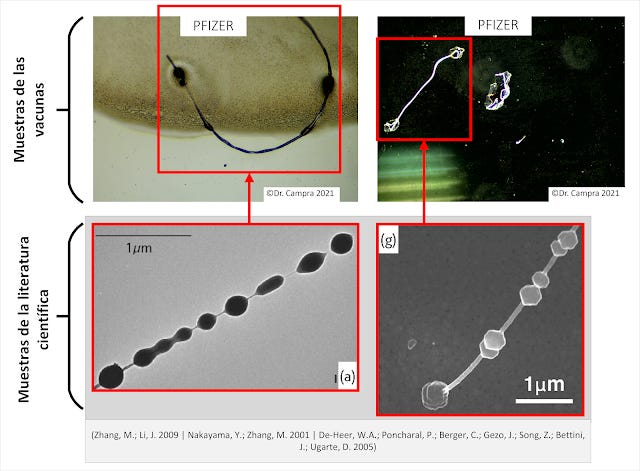
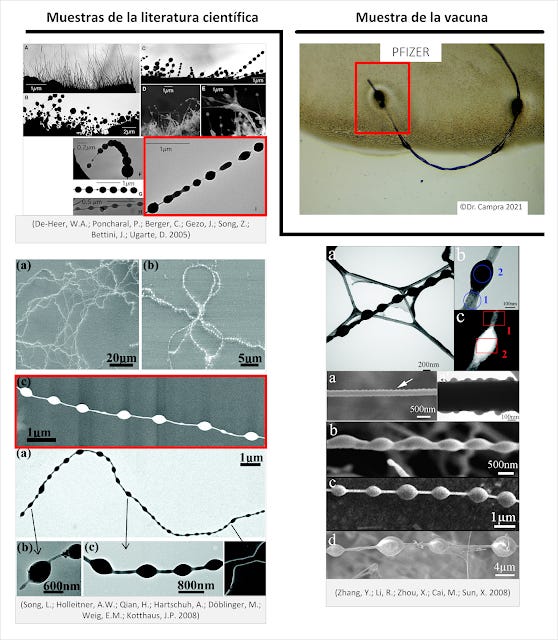
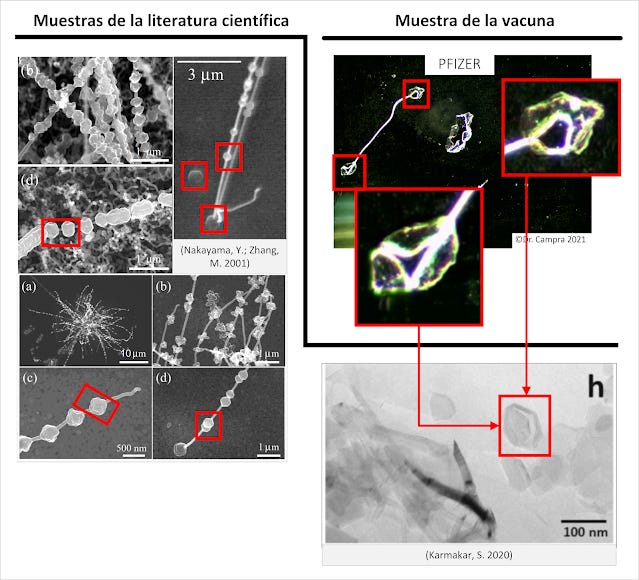
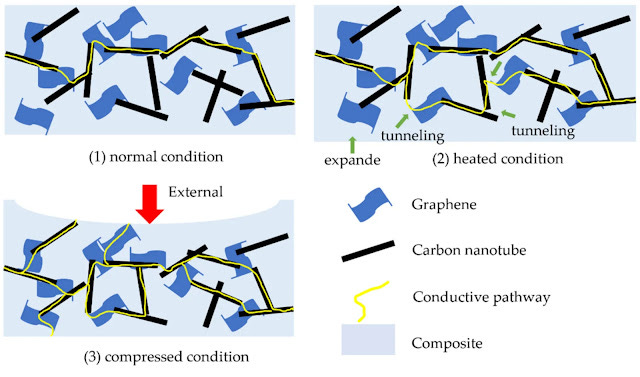

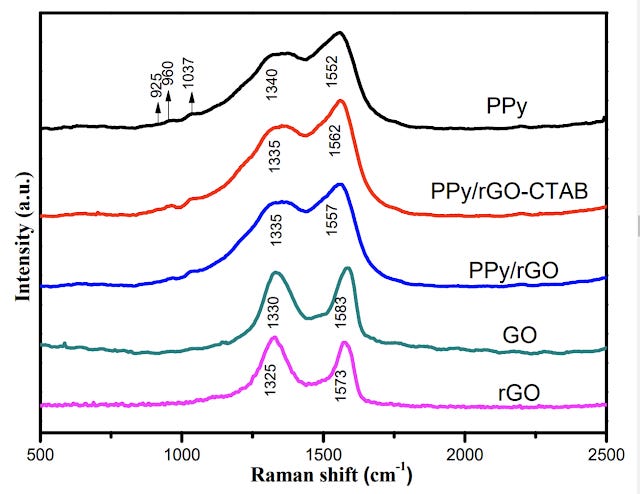
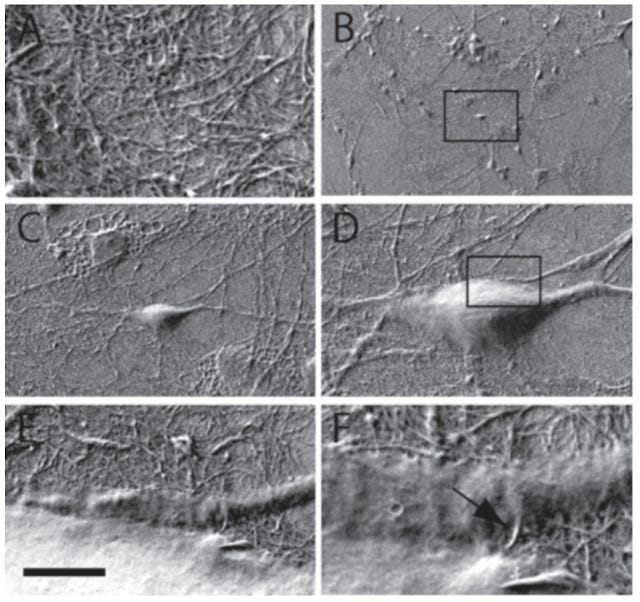
‼️‼️‼️‼️‼️‼️‼️‼️‼️‼️‼️‼️‼️‼️‼️
Here again:
https://thetaoofanarchy.substack.com/p/beware-of-reification-fallacy-tricks
You all should really read this, several times if necessary, to finally understand what it's about - some of it is so awful that you just have to read it several times, even I do that from time to time!!!